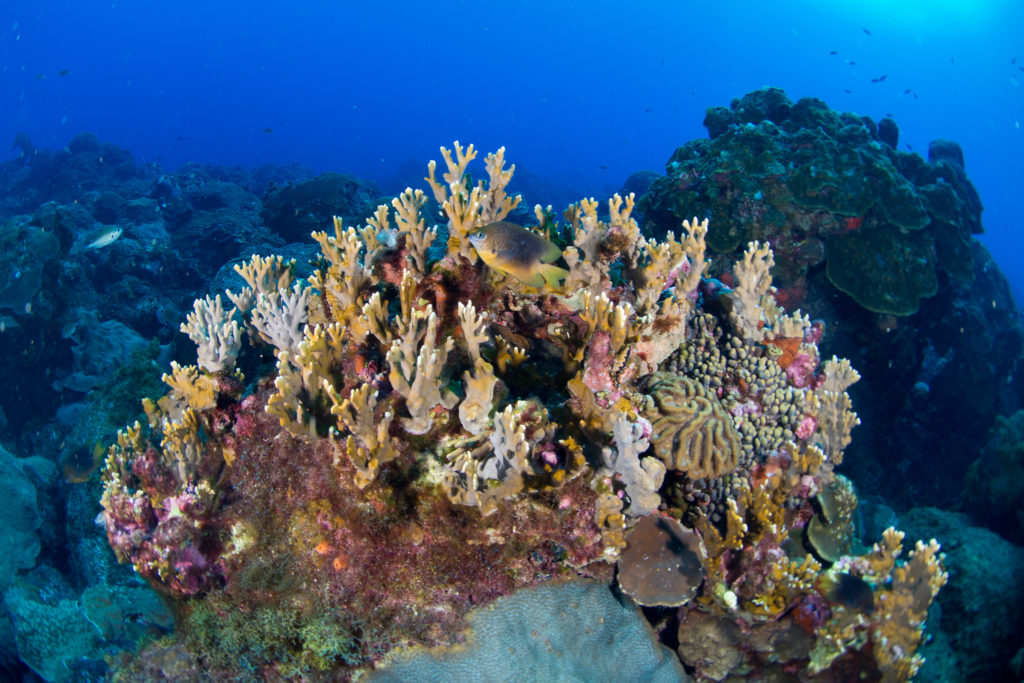
One of the most harmful effects of the changing climate is what is happening to coral reefs. Warmer ocean temperatures and acidification are causing widespread bleaching of coral. Stressed corals expel the algae living in their tissue, turning the corals white and robbing them of nutrients. When bleaching events persist, the corals starve and die. Reefs everywhere have been experiencing mass bleaching events in recent years with over 70% of the coral reefs around the world being damaged.
Scientists across the globe are adopting a variety of approaches aimed at saving reefs from the effects of climate change. These include selective breeding or genetic engineering to increase corals’ resistance to warmer and more acidic oceans.
While these efforts and others are important and may help, they represent partial solutions at best. It is not realistic to expect that there will be cost-effective ways to restore hundreds or thousands of square miles of damaged reefs.
A recent paper published in Science by researchers at Simon Fraser University in British Columbia suggests that resources would best be spent finding and protecting so-called reefs of hope – rare coral reefs that appear to have a lower risk of bleaching and predator outbreaks. Protecting such reefs would ensure that their coral larvae can eventually travel via ocean currents to populate more vulnerable reefs.
The only long-term solution is to eliminate the greenhouse gas emissions that are changing the ocean environment, but in the meantime, locating and protecting even the smallest of resistant coral refuges is a critical priority for global conservation efforts.
Scientists are predicting that most coral reefs will be transformed beyond recognition over the next few decades. We need to do whatever we can to stave off this disastrous outcome.
**********
Web Links
Scientists suggest protecting ‘reefs of hope’ may offset climate-change damage to coral reefs
Photo, posted August 27, 2012, courtesy of NOAA via Flickr.
‘Protecting Reefs of Hope’ from Earth Wise is a production of WAMC Northeast Public Radio.
Leave a Reply